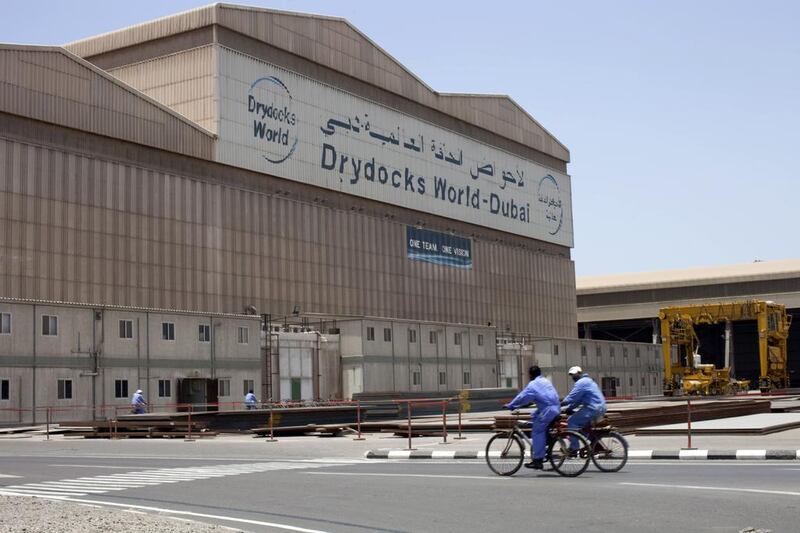The issuance of Decree 57 by the Dubai Government in December 2009 introduced the UAE’s first modern framework for insolvency law, designed to handle cases involving modern companies with tiered capital and international operations.
The framework enabled companies in the Dubai World family to enter into a court-driven insolvency practice while continuing to trade, with a temporary stay of creditor claims.
Crucially, the framework allows for a company’s restructuring plan to be officially passed if holders of 75 per cent of the company’s debt give their approval, meaning that a company’s restructuring cannot be held hostage by smaller hostile creditors.
The insolvency framework set out by Decree 57 was not directly used in the restructuring of the debts of Dubai World and Nakheel. Rather its first and so far only test case came in 2012 with the restructuring of debt held by the Dubai World subsidiary Drydocks World.
The Middle East’s largest shipbuilder found itself in trouble in August 2011 when it defaulted on a payment of US$2.2 billion, taken out in 2008 to finance a series of acquisitions in Asia. While talks to restructure the debt proceeded in a largely consensual manner, matters were complicated by the appearance on the scene of Monarch Alternative Capital, a New York-based hedge fund.
Monarch acquired a $45.5 million portion of the Drydocks debt and proceeded in October 2011 to launch legal action in the High Court of London against the company for repayment.
The fund won a judgement in its favour in February 2012 in the High Court. While there is no enforcement treaty between the UK and Dubai Courts, the judgement could have been used by Monarch to enforce a claim against Drydocks assets in Asian markets including Singapore.
Faced with such a situation, Drydocks took the landmark decision in April 2012 to file for a company voluntary arrangement in the Dubai World Tribunal, using the legal framework put in place in December 2009.
Crucially, the process enabled Drydocks World to win approval for its restructuring plan through the tribunal without securing 100 per cent creditor approval for the scheme, thereby letting it bypass the objection of Monarch, which held only a small portion of the overall debt.
Drydocks’ ability to bind holdout creditors to its restructuring plan, which was formally approved in August 2012, represented “a dramatic step forward in restructuring practice in the Middle East”, said the law firm Latham and Watkins in a briefing note at the time.
While the framework used is only available to companies in the Dubai World family, the Drydocks test case is an important one in the context of efforts to update federal insolvency laws.
“The success of the Decree 57 regime in the context of the Drydocks restructuring should factor heavily in the minds of the region’s policymakers as they contemplate further legal reform,” the firm noted.
jeverington@thenational.ae
Follow us on Twitter @Ind_Insights





